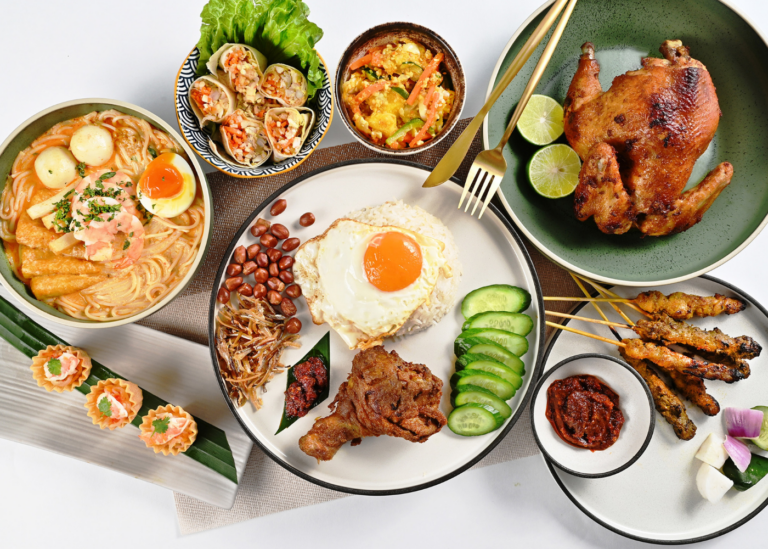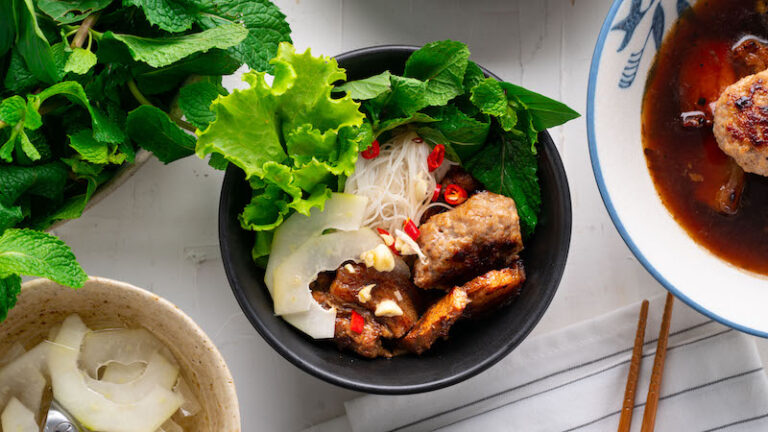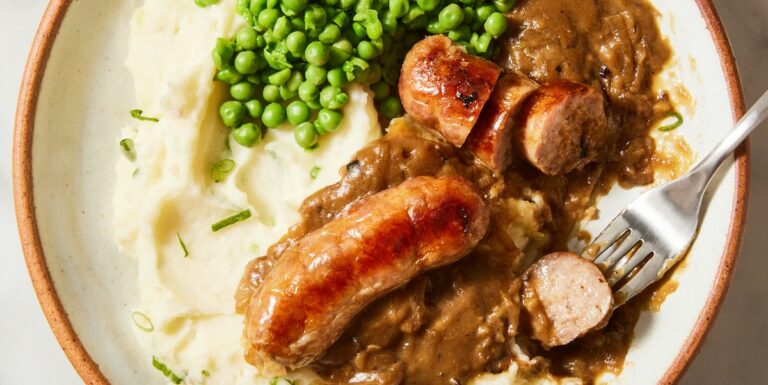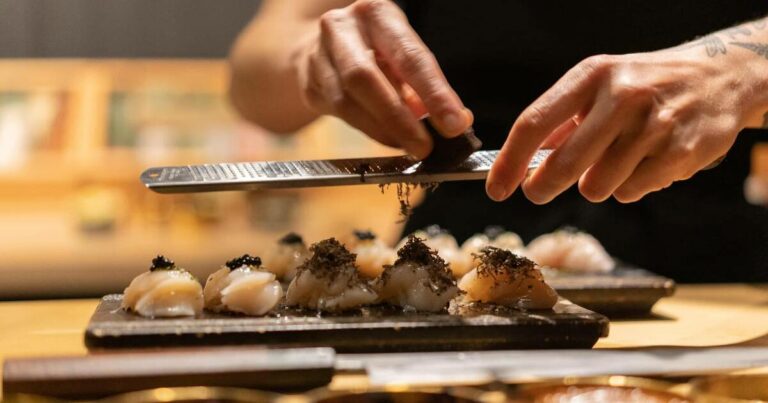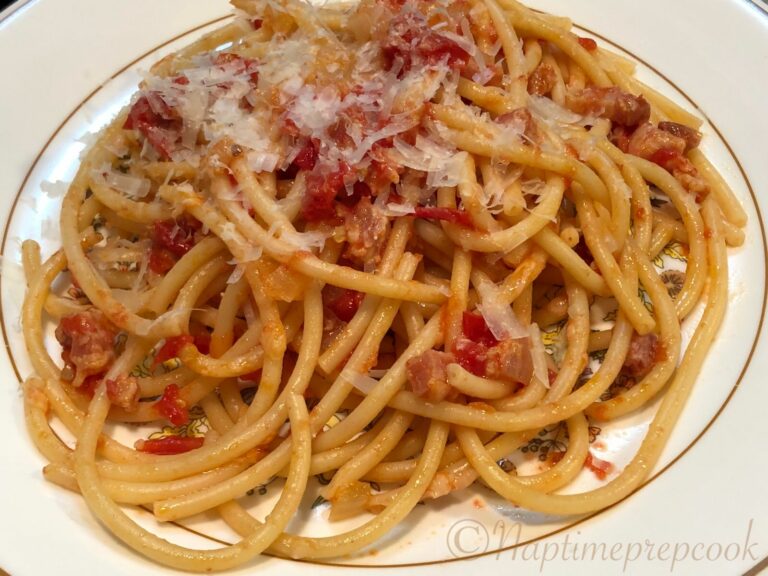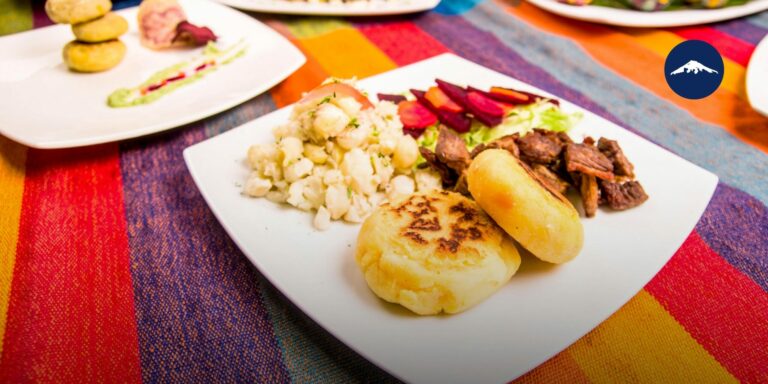Introduction: the culinary tradition of the Holy See
The Holy See, also known as Vatican City, is the smallest sovereign state in the world. Its culinary tradition is deeply rooted in Italian cuisine, but it also has influences from neighboring countries that have shaped its gastronomy over the years. The Holy See is known for its rich religious history and art, but it also has a diverse food culture that reflects its unique position in Europe.
Neighboring countries and their cuisine
The Holy See is surrounded by Italy, France, and Switzerland, which have distinct culinary traditions. Each of these countries has contributed to the culinary heritage of the Holy See in different ways. Italian cuisine is the most prominent influence on Holy See dishes, but French and Swiss cuisine have also left their mark on the gastronomy of this small state.
Italy as a major influence in Holy See cuisine
Italian cuisine has had the most significant impact on the food culture of the Holy See. Italian dishes such as pasta, pizza, and risotto are staples on the menus of most Holy See restaurants. The Holy See also has a tradition of using fresh ingredients, which is a hallmark of Italian cuisine. The Holy See’s proximity to Rome, the birthplace of Italian cuisine, has made it easy for Italian culinary influences to permeate its gastronomy.
The impact of French cuisine on Holy See dishes
French cuisine has also had an impact on the Holy See’s culinary heritage. French cooking techniques, such as braising and poaching, are used in some Holy See dishes. French ingredients, such as wine and cheese, are also used in Holy See recipes. French cuisine is known for its intricate preparation and presentation, which has influenced the Holy See’s approach to food.
The influence of Swiss cuisine in Holy See gastronomy
Swiss cuisine has also left its mark on the gastronomy of the Holy See. Swiss cheese is commonly used in Holy See dishes, and Swiss chocolate is a popular dessert item. Swiss cooking techniques, such as fondue and raclette, are also used in some Holy See dishes. Switzerland is known for its use of fresh ingredients, which has influenced the Holy See’s approach to food.
Other neighboring countries’ cuisine in Holy See dishes
While Italy, France, and Switzerland have had the most significant impact on the Holy See’s gastronomy, other neighboring countries have also influenced its cuisine. For example, Austrian cuisine has influenced the use of pork in some Holy See dishes, and German cuisine has influenced the use of sausages and beer. The Holy See’s diverse culinary heritage reflects its position as a small, but culturally rich, sovereign state in Europe.

